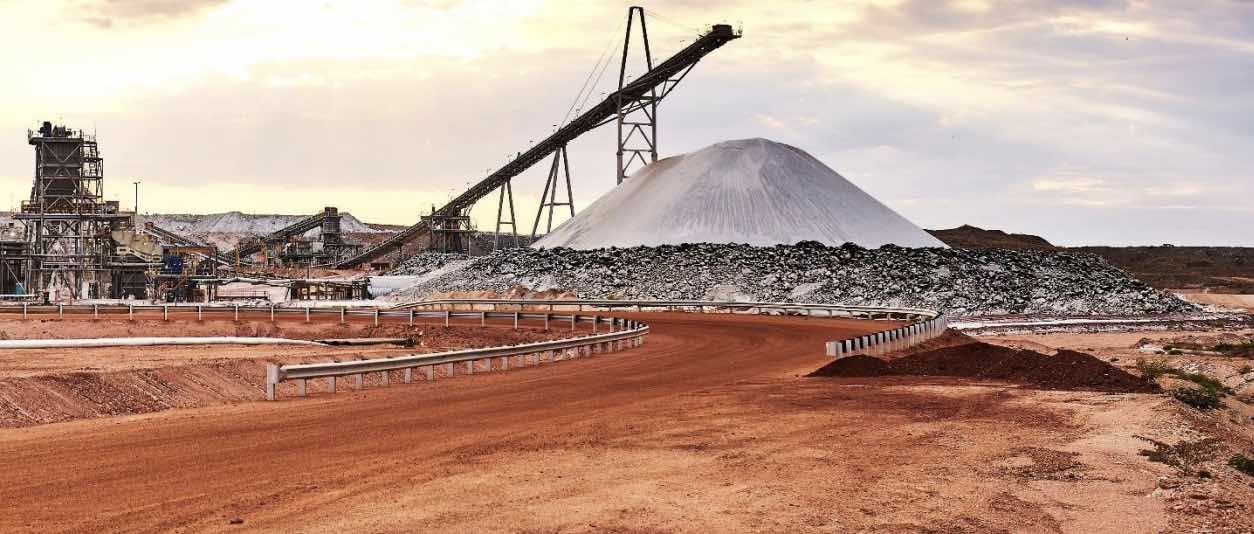Lithium is an important metal, but its use requires careful management. Lithium mining can result in water shortages and CO2 emissions. In addition, this mineral is highly sensitive to climate change, making it unsuitable for areas with high concentrations of carbon dioxide. Fortunately, there are ways to mitigate the impact of lithium mining on the environment. Read on to find out more.
Methods Of Extracting Lithium From Underground Reservoirs
Lithium is extracted from underground reservoirs by using two main methods. The first method involves mining rocks from underground reservoirs. These rocks are crushed and pulverized before being cleaned and sorted by size. These steps prepare the rocks for further processing. The spodumene in the rocks is separated from other rock bits through well-established mining processes. The resulting spodumene concentrate contains six to seven percent lithium and is ready for the extraction process.
The second method involves mining lithium brine deposits. Lithium is usually present in the rock itself, and Lithium-rich rocks contain between one and two percent of Li2O. But to extract lithium from these saline reservoirs, mining companies must remove a large amount of water. One tonne of lithium requires approximately 500,000 gallons of water, enough to feed about three thousand people for an entire year.
Direct lithium extraction (DLE) is an environmentally friendly method of mining lithium, and the brine water produced is recycled into the salar, thus preserving the groundwater supply of nearby residents. Other lithium extraction methods include nanofiltration and reverse osmosis, and the latter two methods are based on the principle of osmotic pressure. Membrane treatment systems are also very efficient, taking up a fraction of the space of an evaporation pond. Read more about lithium mining at globalroadtechnology.com to help you with this.
Water Shortages Caused by Lithium Mining
As the demand for lithium continues to grow, water shortages from lithium mining are becoming a serious issue. In addition to depleting local resources, the process also affects soil, air, and local ecosystems. Lithium mining often occurs in arid areas, where access to fresh water is essential to local communities and ecosystems. The impact of lithium mining on water resources is widespread and has many unintended consequences, including the destruction of local ecosystems and the contamination of nearby water basins.
Toxic chemicals associated with lithium mining have been linked to adverse environmental effects. The process of lithium extraction involves pumping brine from underground pools. Lithium producers then allow the water to evaporate and concentrate the mix in an evaporation pool. This process also produces waste products that can contaminate surface water and air. Water shortages in lithium mining regions are a serious concern because extracting lithium can result in the contamination of drinking water supplies.
There are many other ways lithium mining can impact the environment and freshwater.
Reducing CO2 Emissions

Carbon dioxide (CO2) emissions from lithium mining are a growing concern for investors. But how to reduce CO2 emissions from lithium mining?
The first step to tackling the problem is to change how lithium is mined. Currently, most lithium mining operations are conducted in open pits. In the future, a process called direct lithium extraction is expected to be available to mine the lithium. It involves a liquefied process that removes the lithium from spodumene concentrates. Eventually, a fully functional mining plant will be in operation.
In addition to the carbon footprint from upstream mining, the carbon emissions associated with battery production will vary depending on the energy source used to charge the battery. Wind power has the lowest carbon footprint of any electricity source and is a great alternative for charging batteries. According to the IEA, wind power is currently the most sustainable electricity source. Another way to reduce emissions is to adopt energy efficiency measures. For instance, a carbon-neutral mining operation could lower more than 30 percent of energy bills.
Despite its controversial environmental impact, lithium batteries are one of the most popular rechargeable batteries today. They are lightweight and contain an enormous energy density. They are also superior to lead-based batteries, which weigh three times more. They can withstand thousands of charge cycles.
Educating Stakeholders
Lithium mining has a significant environmental impact. It can dispense thousands of acres of overburdened material, disturb nearby land, eradicate plant life, and use vast amounts of fresh water in an arid region. Educating stakeholders about these risks is an essential part of any lithium mining project, and it can make the process go smoothly and reduce risks associated with the project.
To date, the largest known lithium deposit in the U.S. is located in Montana. The proposed mine will cover five-and-a-half acres of land, but it would cover three times that much. The proposed mine would also be found in the Sacred Lands of Native Americans. To protect the sacred land, the company is considering retrofitting utility poles and reducing the production of golden eagles.
In addition to educating stakeholders, it is essential to engage local stakeholders in the process of mining. It is particularly important when a project is located in a community. Identifying local stakeholders and listening to their concerns is essential to managing the project’s environmental impacts. The opinions of stakeholders are more important than ever. Often the largest opponent of a project is someone who felt that they were not properly consulted.




